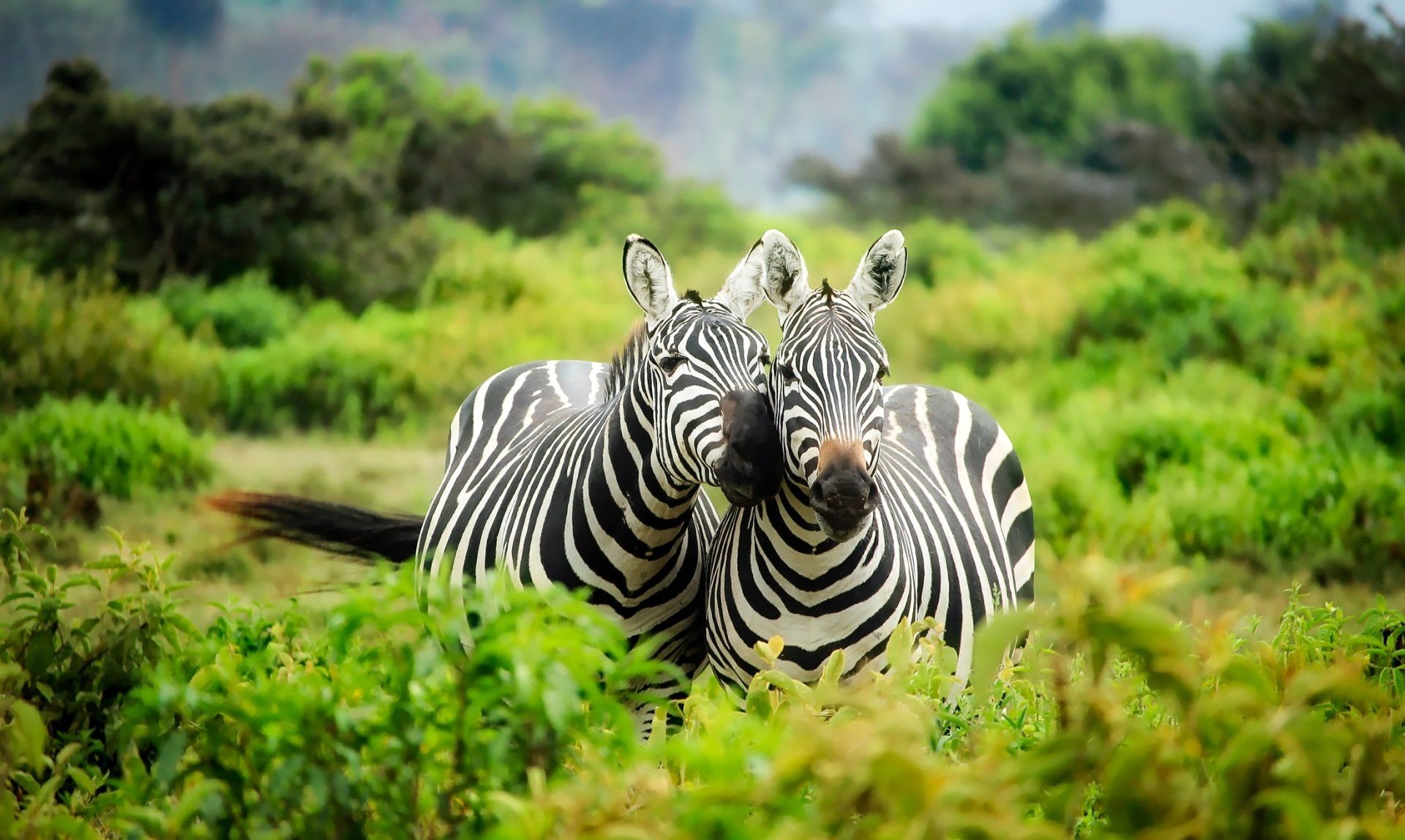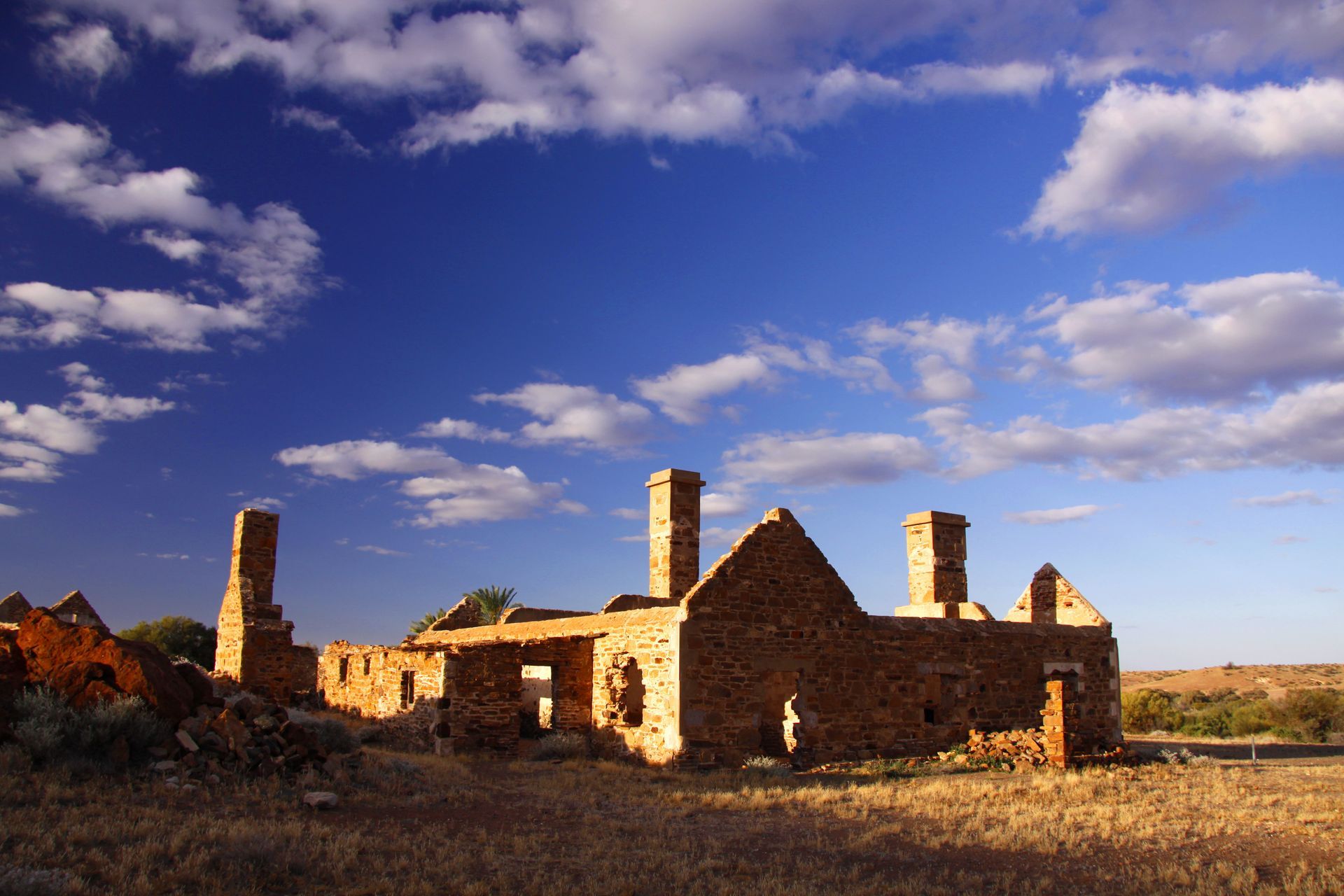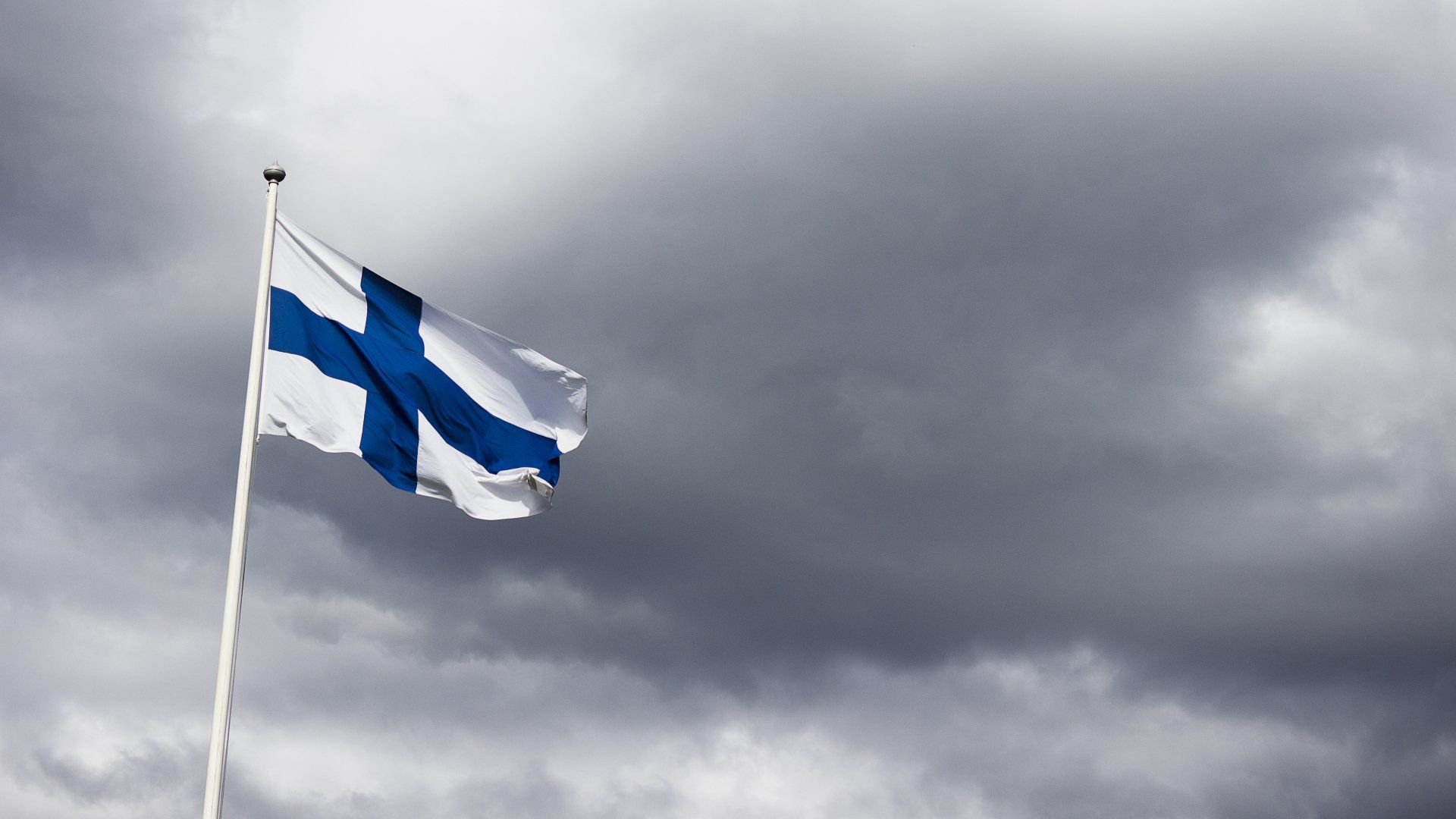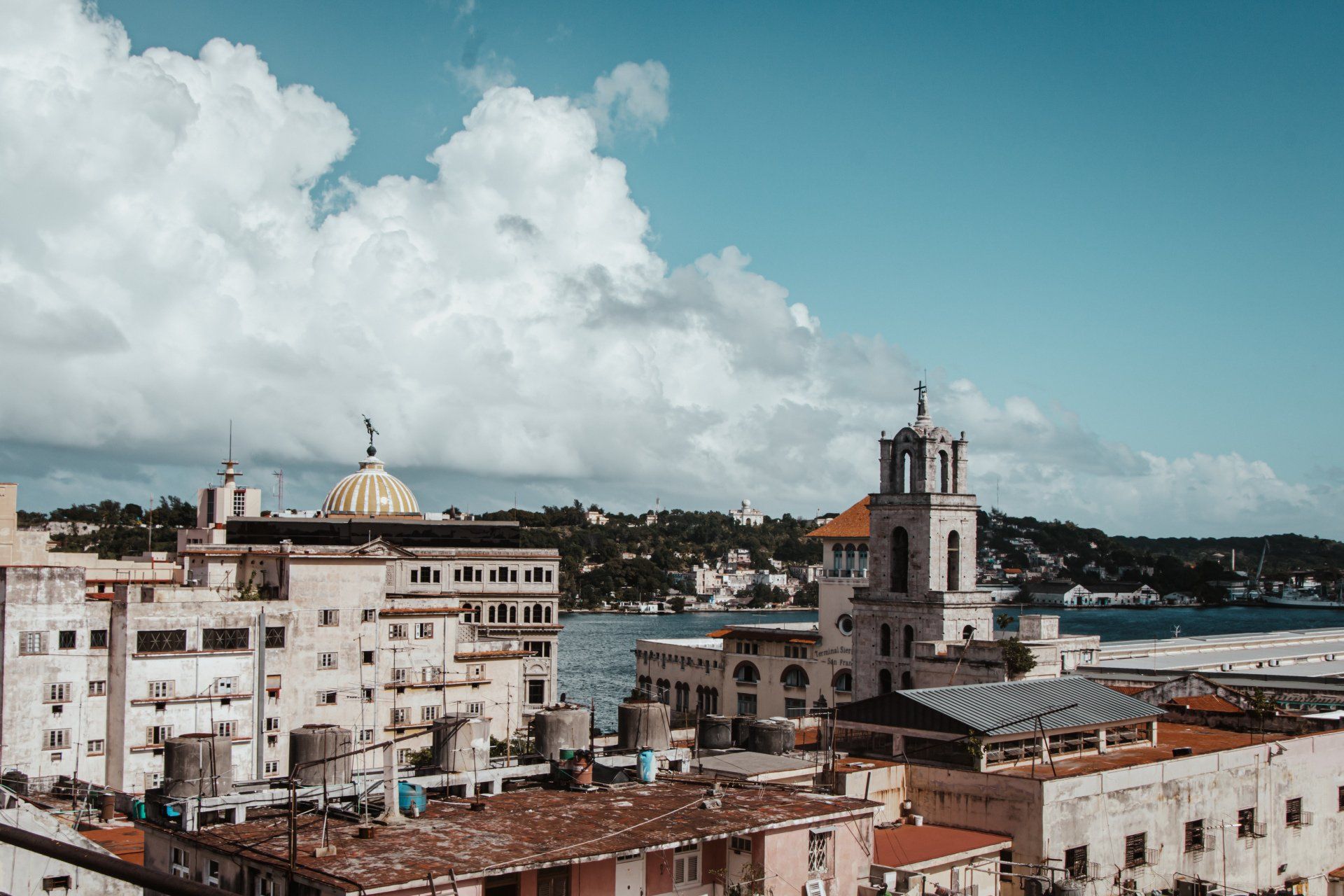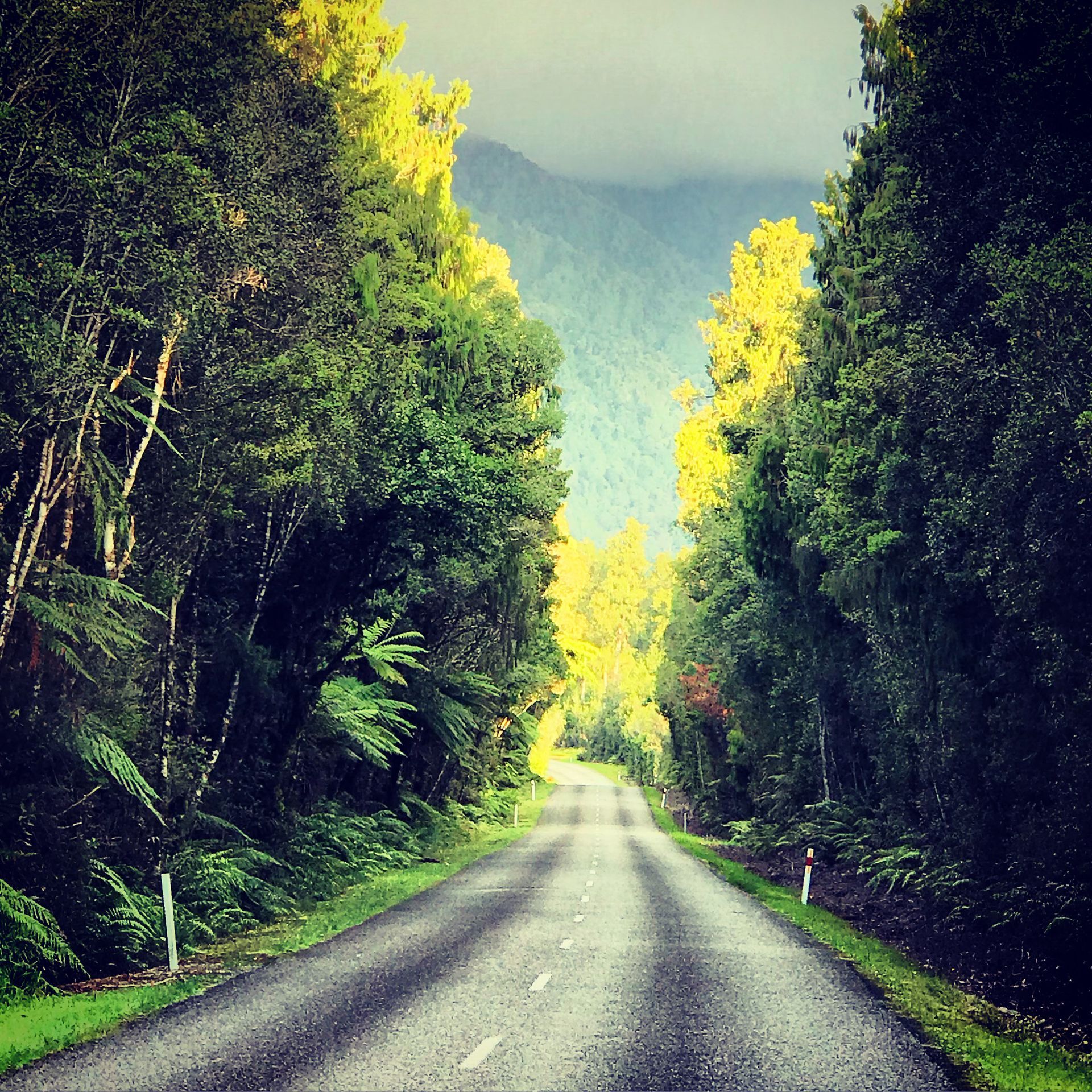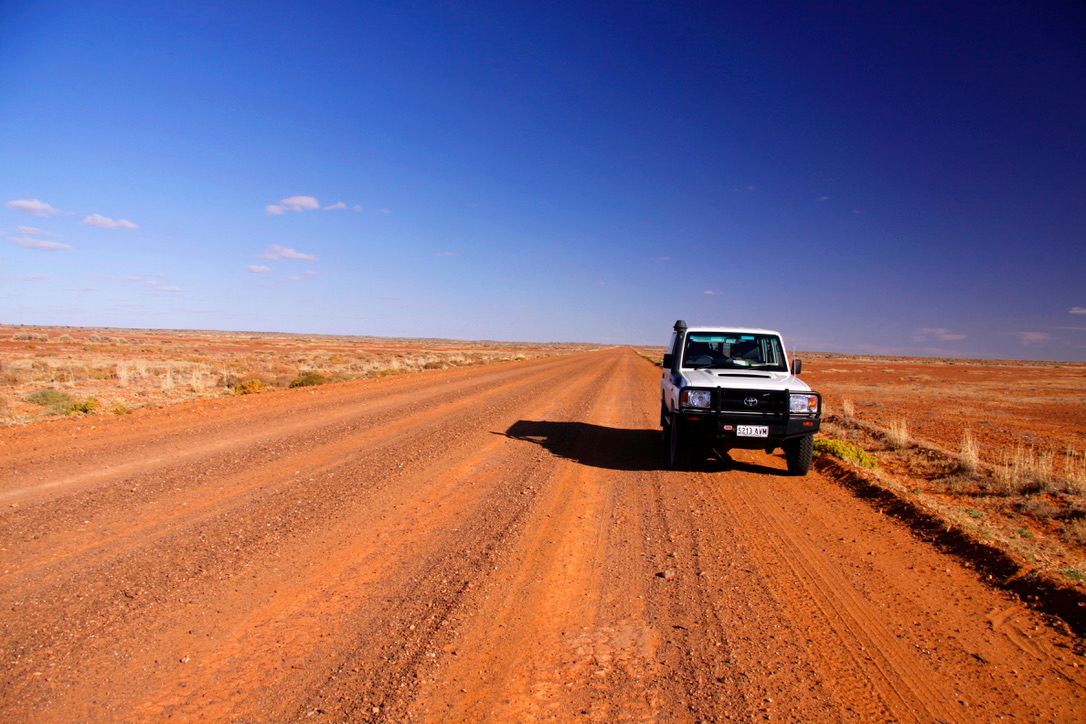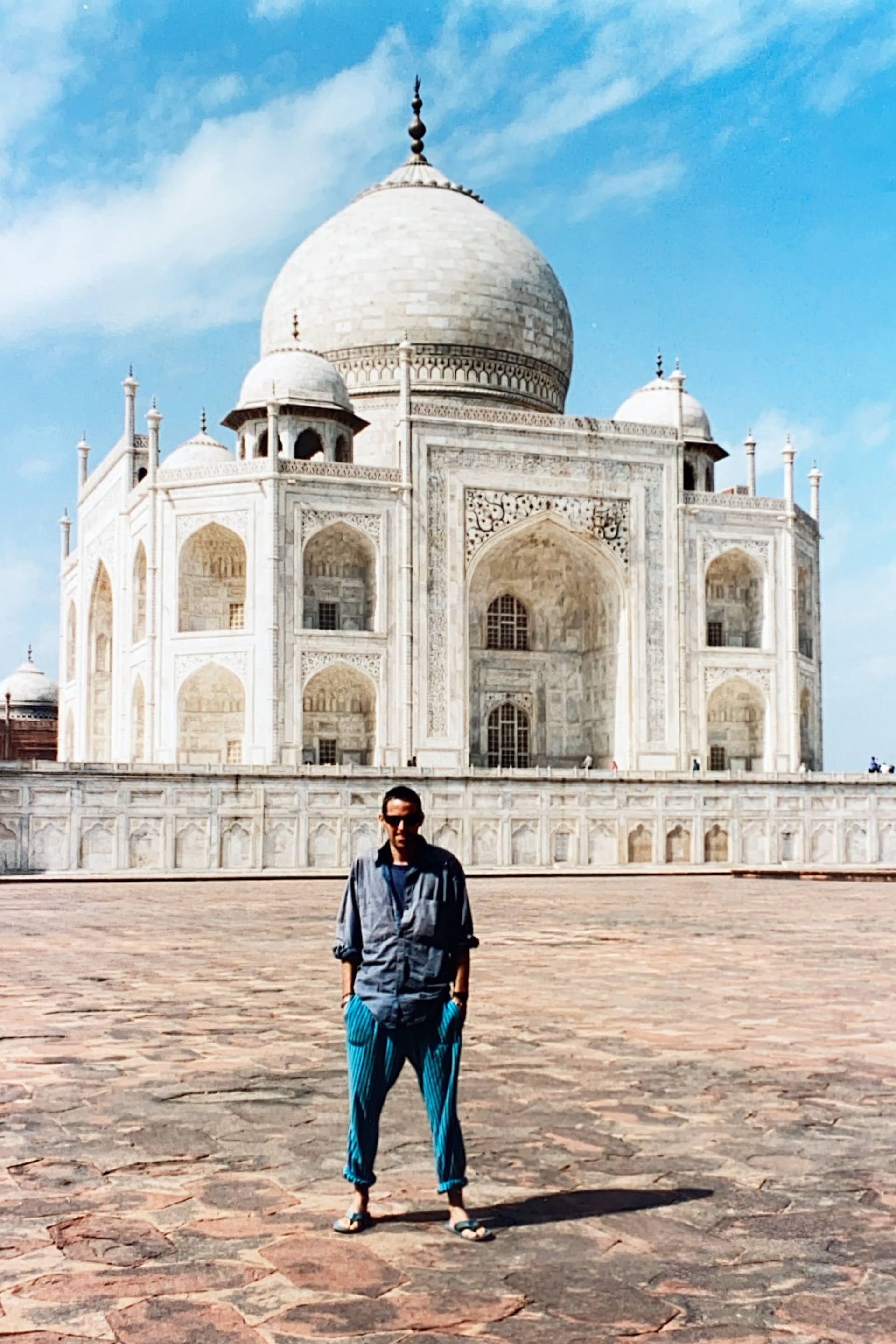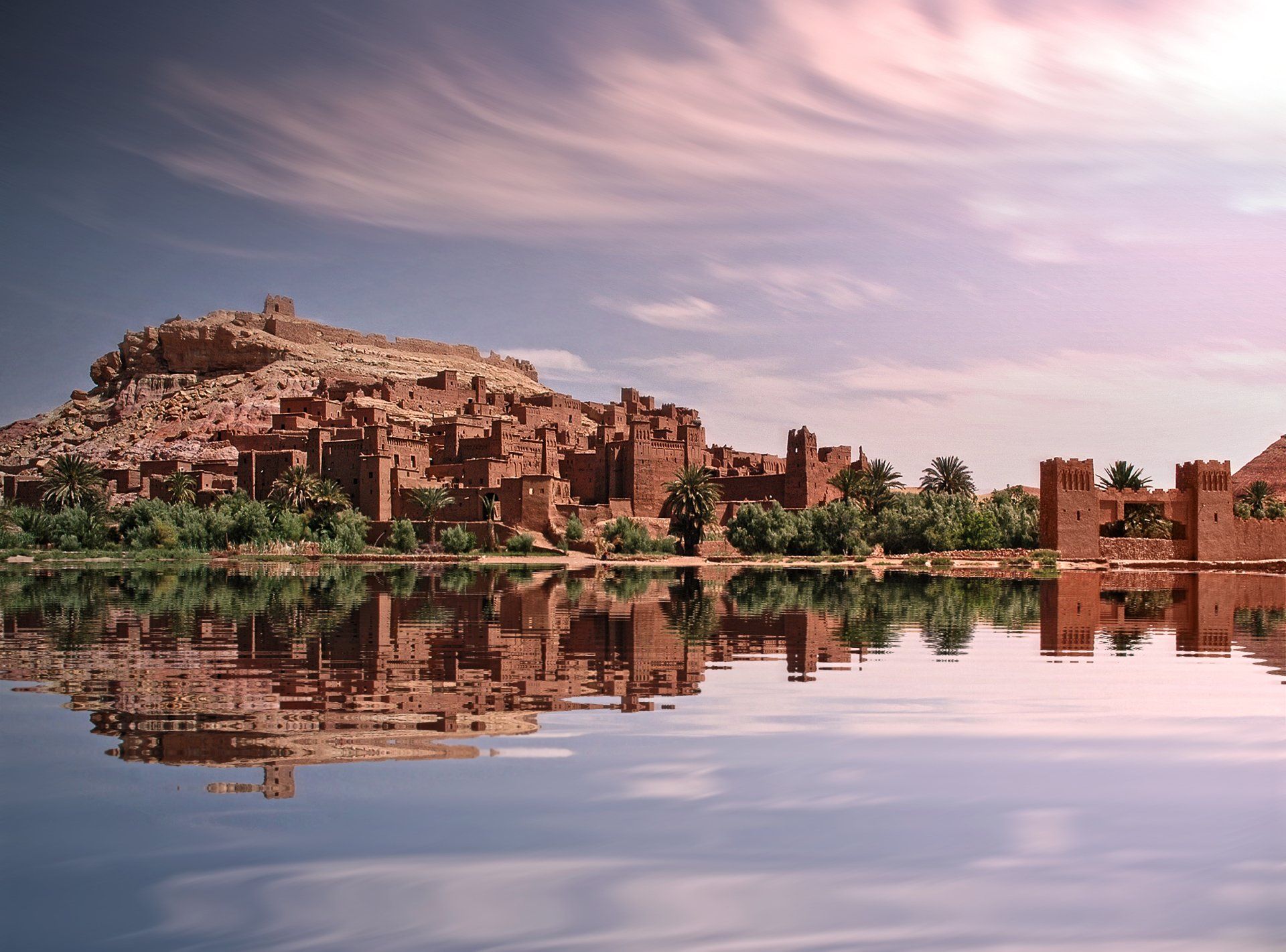The lights went out. And we were on our way to Gondwana.
There is something ineffably romantic about an Indian railway station at night. The hot air, the rumble of steel wheels on iron rails, the beggars, the dogs, the huddled forms of people sleeping, wrapped in their blankets; the squawk of the tannoy announcing arrivals and departures to all points across the country, the hawkers – “pani, pani, pani” – selling water, the red-clad porters; the toilet stink of urine, the smell of diesel and dust, the stark light of arc lamps casting hard shadows on the platforms. And over it all, a fat orange moon hanging low in the velvet sky.
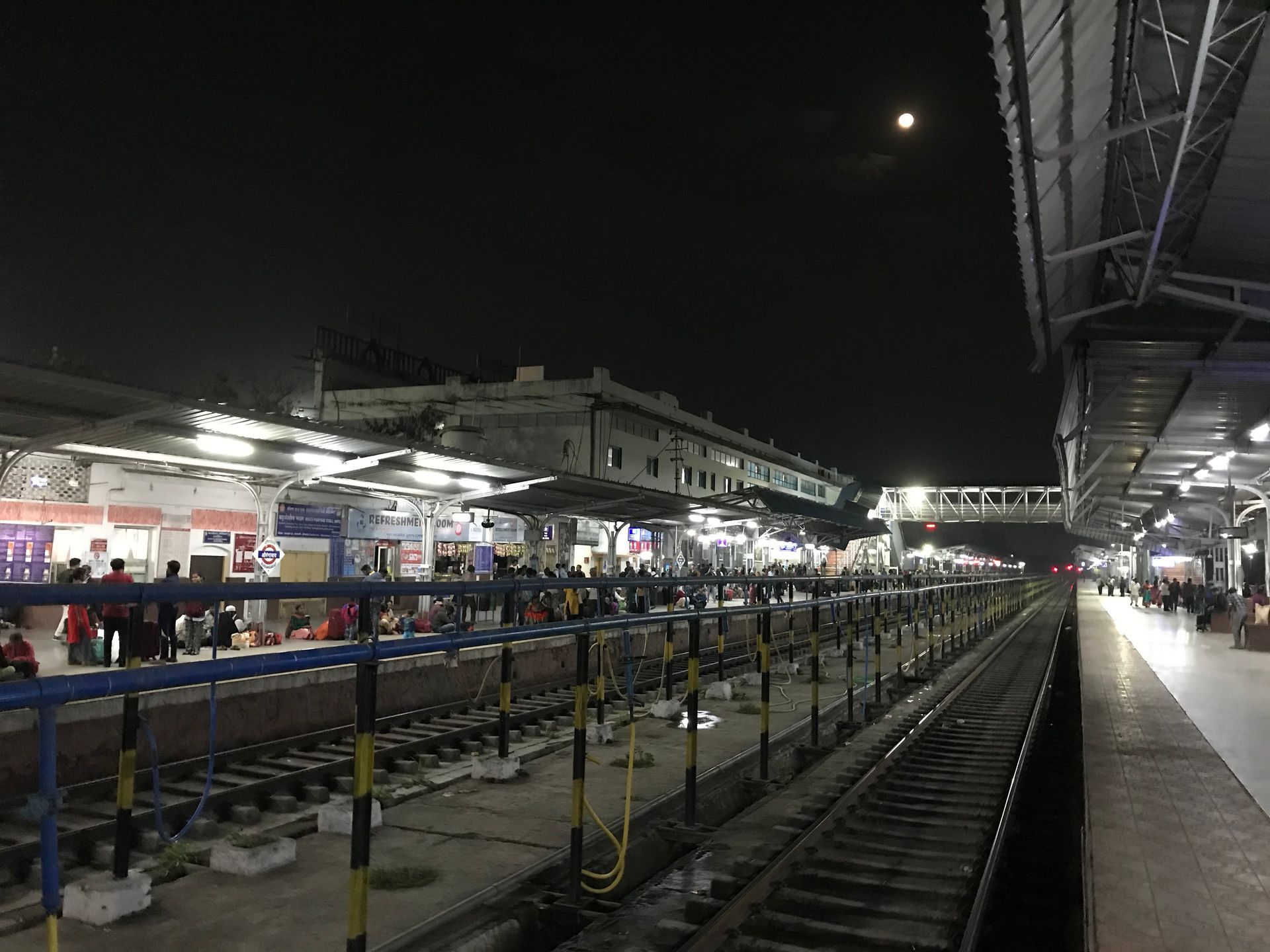
My train, the Nandigram Express, arrived at Aurangabad Station at precisely eleven pm. I clambered aboard and after a short search, found my berth, Number 4, an upper level bunk. By the time I’d lifted my little backpack and myself up, the train was in motion. I curled up. The lights went out. And we were on our way to Gondwana.
The supercontinent of Gondwana (also known by the erroneous name Gonwanaland: erroneous because the word wana itself means “land”) existed from the Neoproterozoic Era (500 million years ago) until the Jurassic Period (around 180 mya). It was formed by the accretion of several massive chunks (cratons) of the Earth’s crust and covered an area of approximately 100 million square kilometres: around one-fifth of the planet’s surface.
Around 180 mya, Gondwana began to break up. Driven by plate tectonics and volcanism, the continent split into a number of new cratons. These massive chunks of land would eventually become the continents of Antarctica, Australia, South America and Africa. Another, smaller piece would, eventually, become my home, the mostly submerged, waterworld continent of Zelandia. And finally, a small piece would become India.
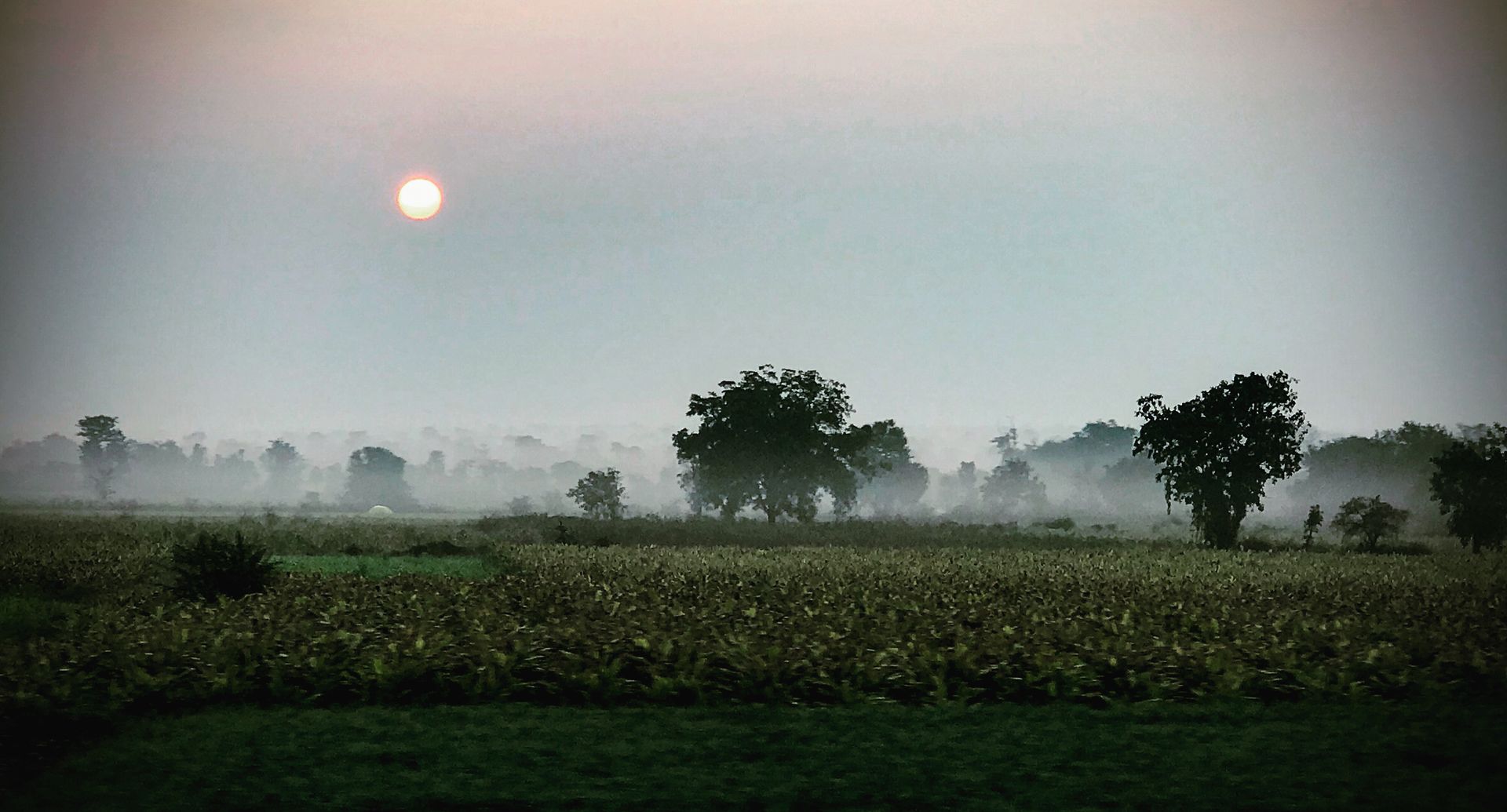
The fossilised remains of Gondwana’s flora, especially a species of tree known as Glossopteris , can today be found on all of the continents that once comprised the supercontinent. In Antarctica, which lay in the centre of Gondwana, fossils of tropical trees can be found: evidence that the frozen continent was once an Equatorial paradise. And India was on the move, drifting north at a rapid rate until it smashed headlong into Asia. And it was in India that Dr Seuss (no relation) came up with the name Gondwana.
Eduard Suess (1831-1914) was an Austrian geologist and it was he who first noticed the correlation of glossopteris fossils found on the continents that had once all been joined together. He derived the name Gondwana from the Indian region, home to the Gond people, where rocks containing the fossils had been found. Now, as I slept, lulled by the gently rocking motion of the Nandigram Express, I was bound for Nagpur, capital of the Gond Region, on a night train to Gondwana.
